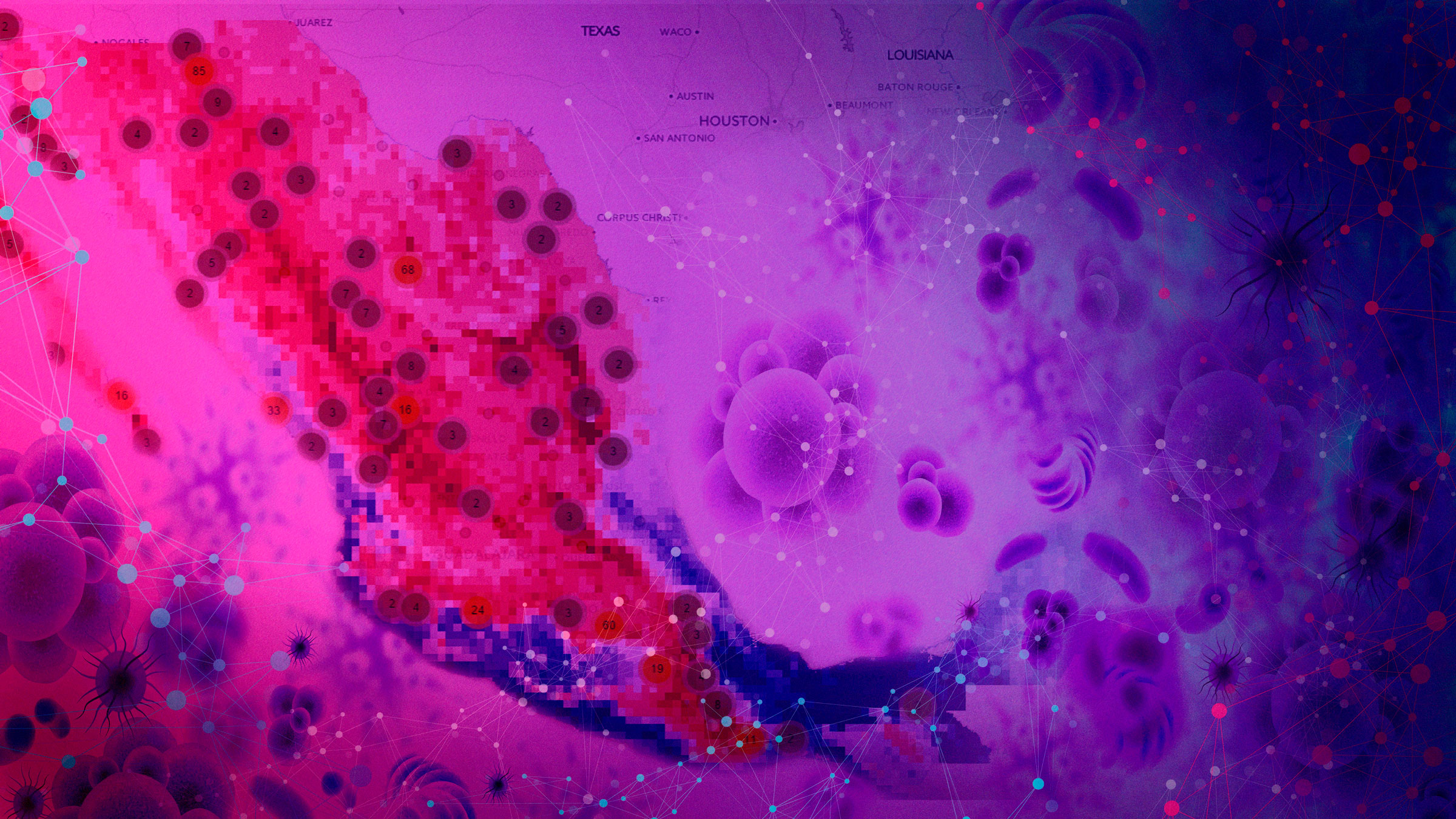EPI-SPECIES
EPI-SPECIES
Infectious diseases (ID) represent one of the main threats to public health worldwide. Globally more than 70% of IDs originated from zoonotic pathogens circulating in wildlife and domestic animals. Zoonoses are generated by a wide spectrum of microorganisms including: bacteria, viruses, fungi, protozoa and helminths. Many factors can establish and accelerate the origin of zoonoses. For example, environmental changes (increases in temperature), habitat perturbation, demographic changes in human and animal populations, dispersal of vectors and pathogens by human mobility, and the introduction of exotic species. As a result of these changes, the world has experienced a rise in the emergence and re-emergence of zoonoses.
Determining and characterizing the epidemiological landscape where zoonoses emerge, described by environmental ranges, ecological relationships and socio demographic variables, is the first step to understanding their complexity. This knowledge is fundamental to predict risks, because it allows recreating scenarios that integrate environmental changes, changes in hosts-vectors-pathogens interactions, and thus transmission dynamics. Without question, these changes can increase the potential risk and impacts on the health of humans, animals and ecosystems.To confront the challenge of zoonoses it is necessary to develop theoretical frameworks and information tools that allow researching eco-epídemiology while integrating the complexity associated with zoonoses emergence.
The objective of EPI-SPECIES is to develop a platform for eco-epidemiological studies that allow querying and analyzing geographical information on the etiologic agents of diseases (pathogens, vectors and reservoirs) and environmental variables (climate and land use). EPI-SPECIES allows performing two main types of analyses.
First the platform allows characterizing the factors associated with a disease, and answer questions like:
- Why are there cases in some places but not in others?
- Why is the incidence higher in some places?
- What is the socio-environmental context of an epidemic outbreak?
Second, EpI-SPECIES allows generating risk scenarios of a disease and answer the following questions:
- Who is more vulnerable?
- Where new cases of a disease are more likely to occur?
- How a disease may disperse?
- How environmental changes influence a disease?
EPI-SPECIES has four main characteristics:
- Integrate historical information about the causal agents of zoonoses in Mexico (vectors, hosts and pathogens). The source of this data is the Atlas of Infectious Diseases in México (PINCC-UNAM), which compiles spatial and temporal data of species that have been positive to a given pathogen (e.g. Dengue virus or Trypanosoma cruzi), and also reports of diseases in the human population.
- Integrate information on socio-demographics (INEGI), Land Use and Vegetation (INEGI), Climatic variables (WorldClim) and Biodiversity (SNIB-CONABIO).
- Provide a machine learning engine built on a set of Bayesian Classifiers that generate predictive models based on the association of data from multiple sources described above, individually or aggregated.
- Allow generating risk models in scenarios of climate change, accounting for the different trajectories of greenhouse gas emissions of the CMIP6.
In summary EPI-SPECIES will allow querying and analyzing information on infectious diseases, associating it with socio-environmental variables.
